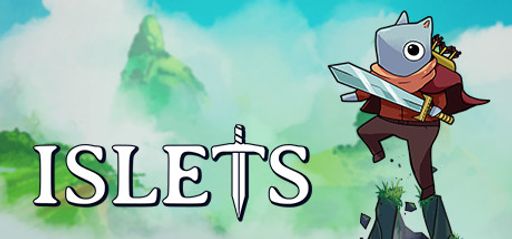Hi friends! I spent a cozy chunk of time exploring Islets and I’m still smiling. If you like hand-painted worlds, gentle exploration, and a metroidvania that leans more wholesome than sweat-soaked, this one’s worth your attention. Here’s my relaxed take on it.
Overall Impressions
Islets surprised me. On paper it’s a metroidvania about reuniting a fragmented sky-world. In practice, it feels like a soft, personal adventure. The world is a patchwork of hand-painted islands that beg for exploration. The tone is friendly and low-pressure compared to many action-heavy games. Crisp pixels, smooth movement, and thoughtful boss design stood out the most. Combat variety felt weaker. Some upgrades made challenges too easy if found early. Compared to others in the genre, Islets fits in the cozy corner — secrets and progression, but calmer pacing and plenty of charm.
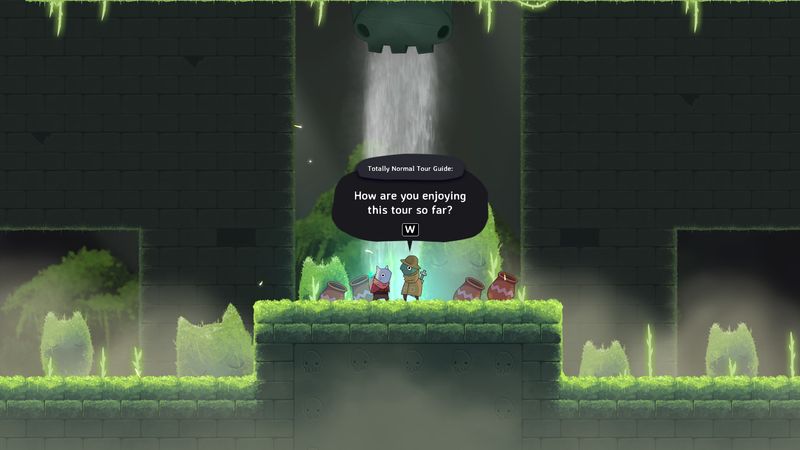
Gameplay Mechanics
Movement and exploration shine here. Iko controls smoothly, and new abilities open the map in satisfying ways. Traversal feels joyful — gliding between islands, finding hidden nooks, and reading letters from quirky characters creates a fun rhythm. Ability and weapon upgrades feel meaningful. Each upgrade makes you stronger and more capable.
Combat works but can feel repetitive. Early battles follow a simple loop: dodge, strike, learn patterns. Boss fights stand out — well-designed, fair, and rewarding. A few had me clutching my controller at 1 HP. Bullet-hell sections add intensity, though not everyone will enjoy them. Some upgrades can trivialize challenges, and heavy damage stacking feels unbalanced. Backtracking is tedious early on but improves with new movement tools.
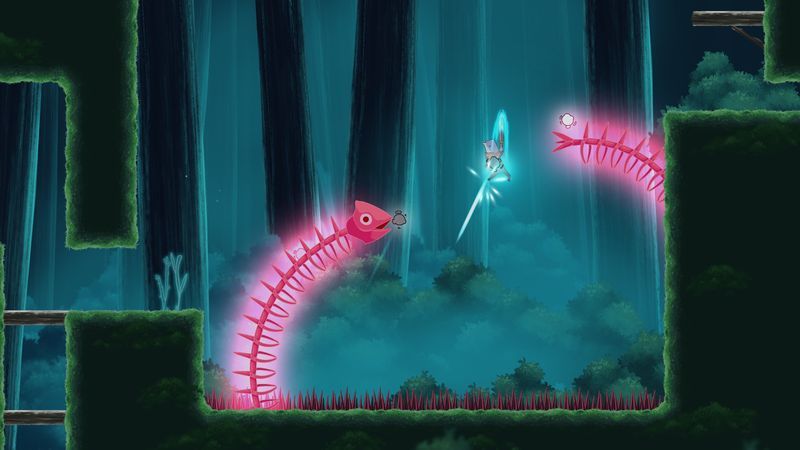
Critiques from other players ring true: upgrades can make certain challenges trivial if you collect them early, and there’s a bit of grinding potential — some players report being able to stack damage upgrades heavily, and it’s not always clear if there’s a cap. Backtracking is a touch tedious early on, but as you unlock more movement upgrades and tools the world opens up and that friction fades.
Story and Characters
The story is gentle and light. You’re helping to reunite a broken world and along the way you meet a cast of odd, lovable folks who send letters and give personality to the floating islands. Characters aren’t deeply complex, but they’re charming enough to make exploration feel meaningful. I especially liked the little bits of world-building you get from NPCs — they make the islands feel lived-in instead of just a series of biome puzzles.
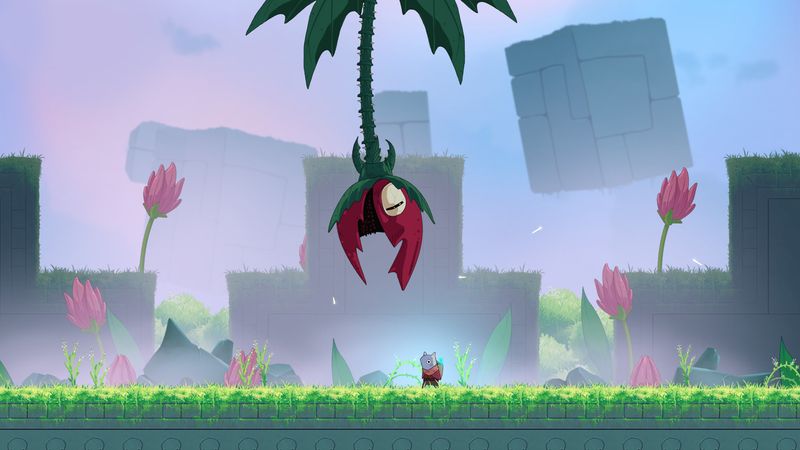
There’s a handful of personality-driven moments that stand out (and a character named Snoot who seems to be on a lot of players’ “annoying but memorable” lists). The narrative never tries to be heavy; it’s content to be sweet and a bit whimsical, which fits the game’s overall vibe.
Visuals and Graphics
Islets is gorgeous in a cozy, hand-painted way. The art style is one of the game’s biggest draws — every island looks unique, colorful, and lovingly crafted. Backgrounds are layered and evoke a real sense of verticality and scale, which is key for a skybound metroidvania. Animations are clean and the overall presentation feels highly polished, especially impressive considering this was largely made by a small team (more on that below). If you enjoy games where visuals contribute to calm and cozy exploration, you’ll be very happy here.
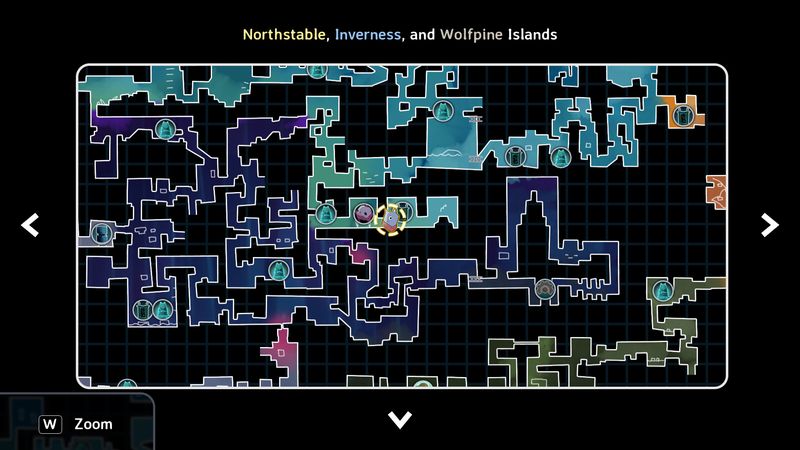
Sound and Music
The soundtrack is lovely and really complements the game’s tone. Fun fact: Islets’ music was composed by the developer’s brother, which feels fitting because the whole game gives off a family-made warmth. The tunes are calming and melodic, and sound effects are punchy enough during combat. There isn’t voice acting to speak of, but the writing and music do a great job of conveying mood without needing it.
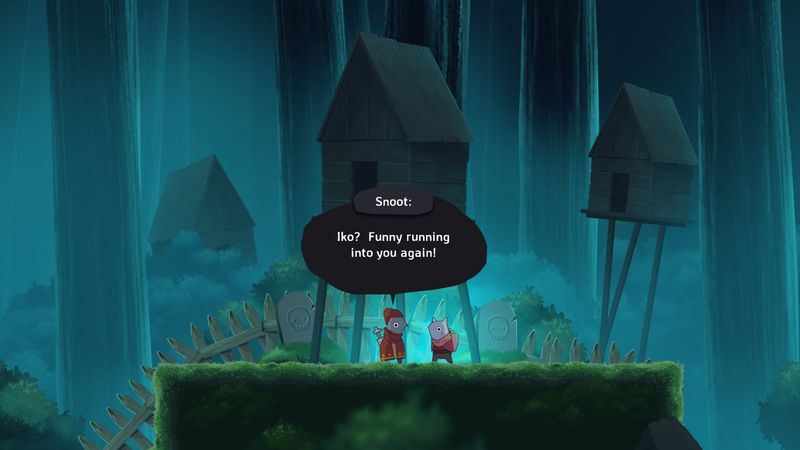
Difficulty and Replayability
Islets strikes a friendly balance in difficulty. Bosses can be challenging but fair, and many encounters reward learning patterns rather than twitch reflexes. That said, there are bullet-hell sections that might spike the challenge for some players. Replayability comes from hunting all the upgrades, finding secrets, and trying different combat builds. Expect around 8–12 hours for a thorough playthrough (some players report about 10 hours on sale), with shorter or longer runs depending on how much you hunt every nook. There are some concerns about missable upgrades and the potential to grind damage without a clear cap, which may affect replay value for completionists or players looking for a tightly balanced progression loop.
Developer Trivia and Notes
A neat behind-the-scenes bit: Islets was developed by Kyle Thompson and his brother — Kyle handled development and his brother composed all the music. It’s published by Armor Games Studios and released on August 24, 2022. Knowing it’s basically a family project makes the cozy, polished feel all the more impressive.
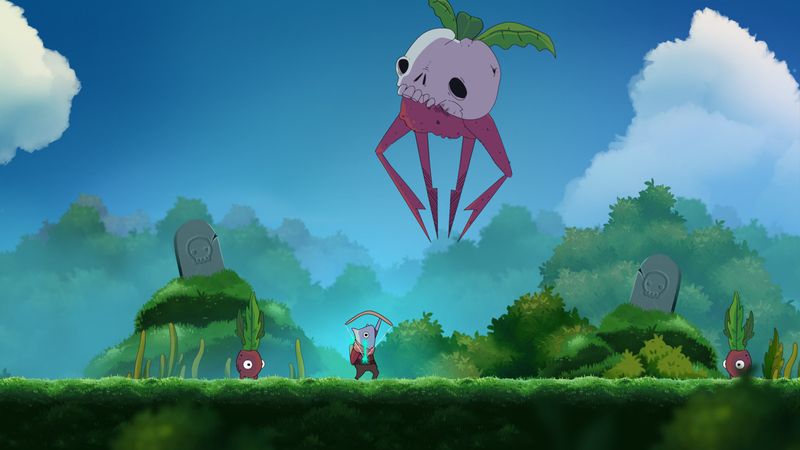
Final Thoughts
Islets is a delightful, wholesome metroidvania that’s easy to recommend if you like cozy exploration, beautiful art, and boss fights that teach you instead of just punishing you. It’s not the most mechanically deep entry in the genre, and combat can repeat, but the world, presentation, and sense of discovery more than make up for that. Play it on sale, take your time, and enjoy the letters and landscapes.
Rating: 4 out of 5 stars
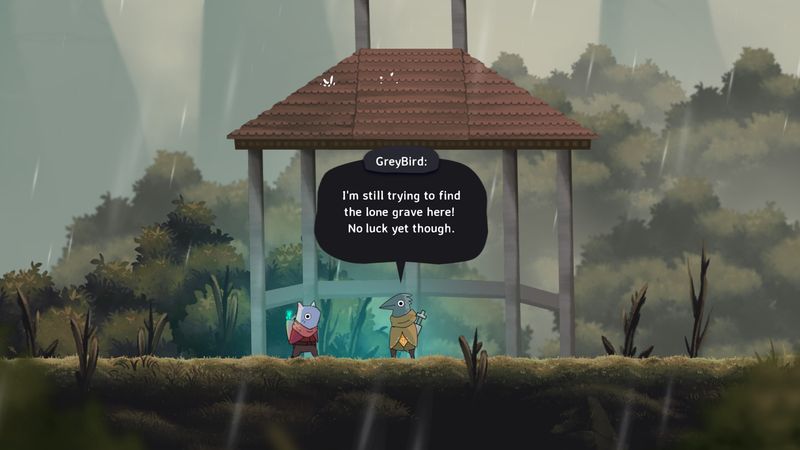
If you want a relaxed metroidvania with charm and polish, Islets is a lovely little skybound trip.

